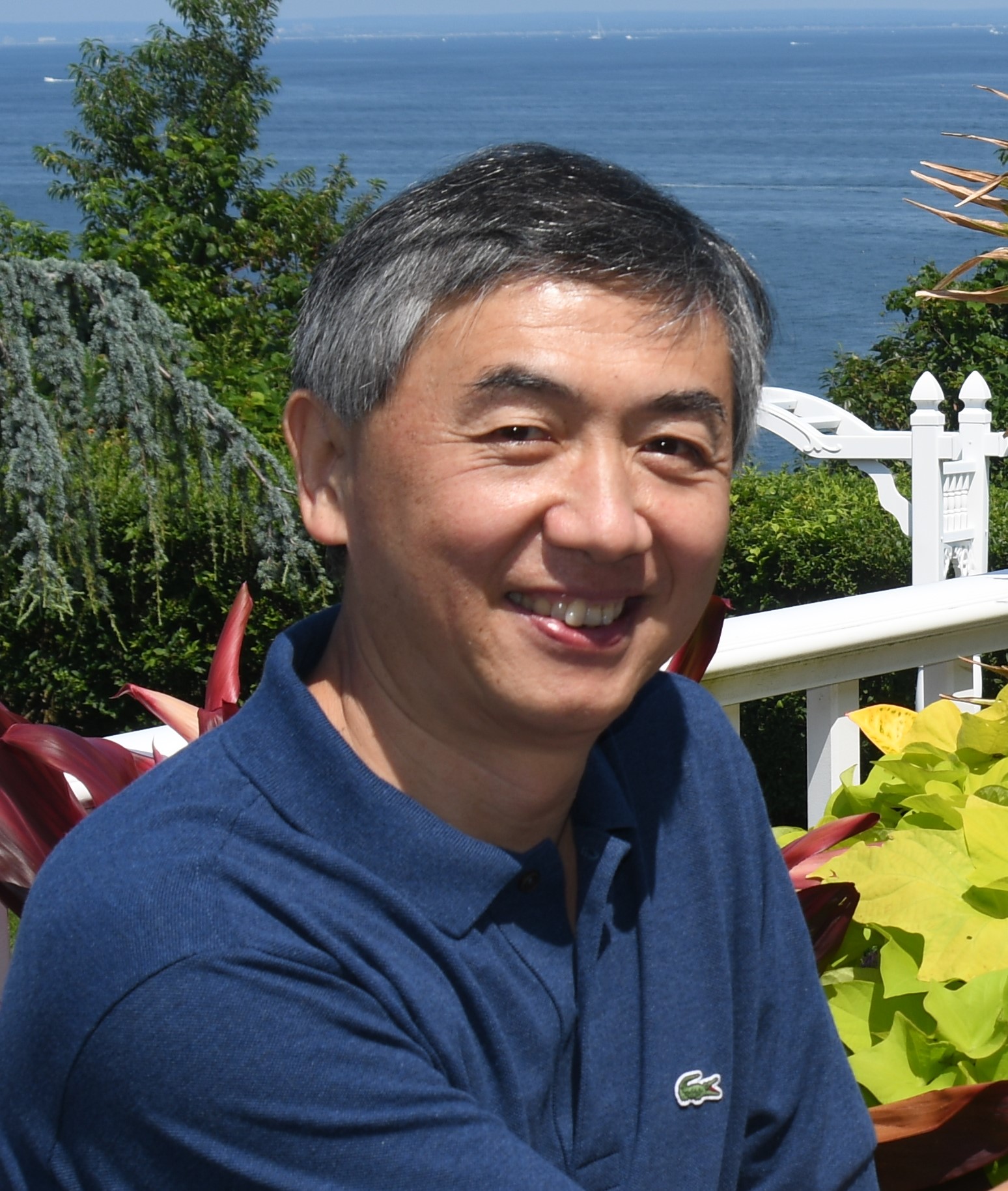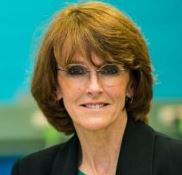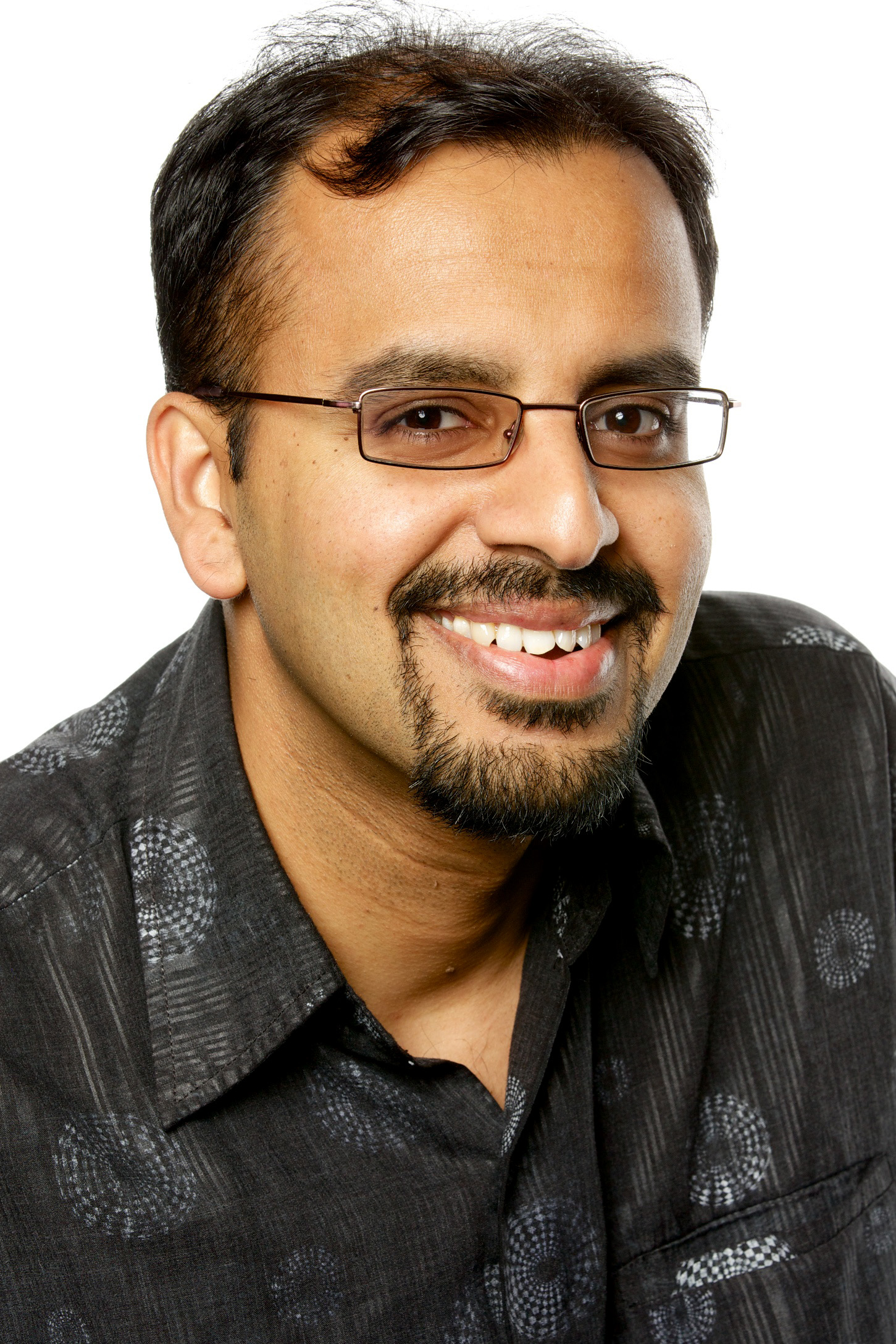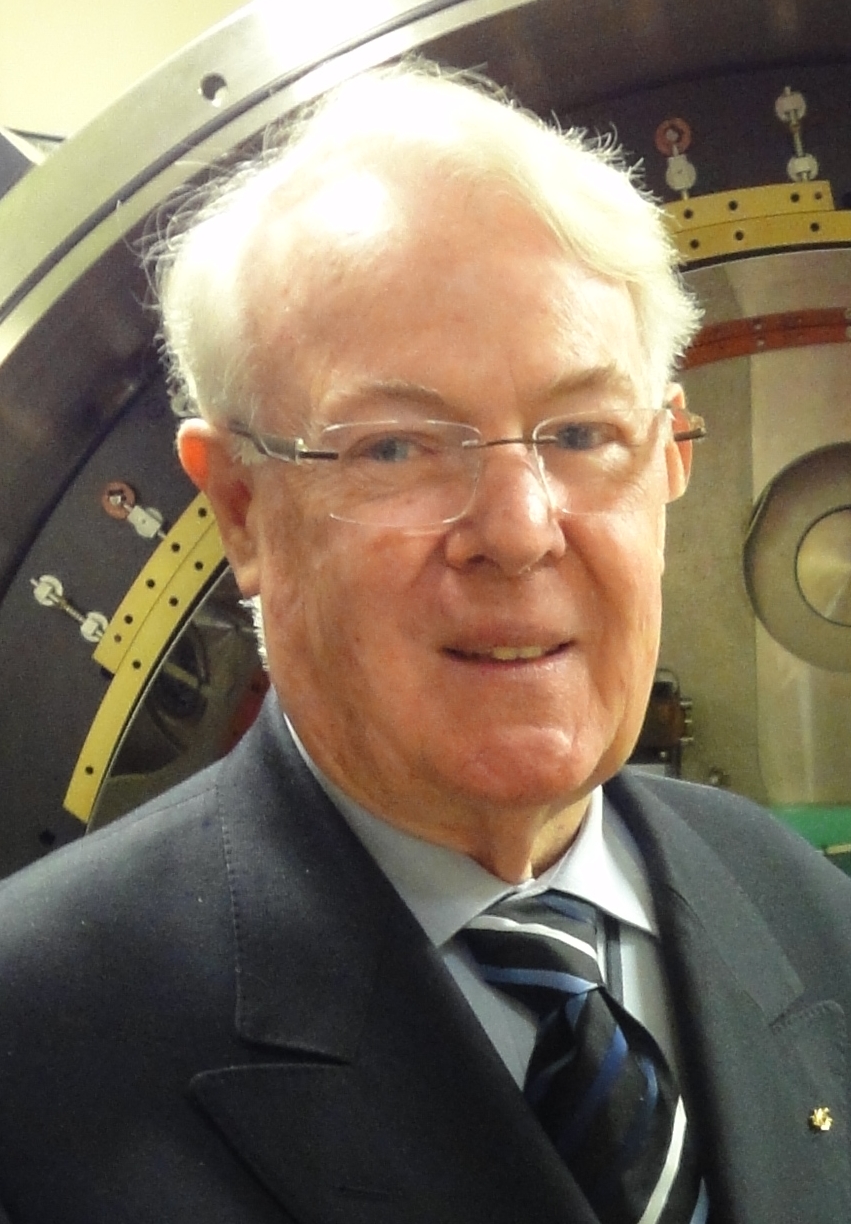Dr. Qun Shen
Photon Division, NSLS-II
 Dr. Qun Shen is a Senior Physicist and Deputy Director for Science at Brookhaven National Laboratory’s National Synchrotron Light Source II (NSLS-II). Shen joined BNL in early 2008 during the critical pre-construction phase of the NSLS-II – a flagship project funded by the US Department of Energy (DOE). As the Director of the Experimental Facilities and later as the Deputy Director for Science of NSLS-II, Shen led the effort in developing the scientific and technical workforce within the Experimental Facilities Division, and in engaging broad multidisciplinary scientific community to define and implement the facility’s science strategy and beamline plans. This has enabled the successful development and timely completion of the initial suite of cutting-edge scientific instruments at NSLS-II along with the associated R&D programs, which has led to the successful NSLS-II facility today.
Dr. Qun Shen is a Senior Physicist and Deputy Director for Science at Brookhaven National Laboratory’s National Synchrotron Light Source II (NSLS-II). Shen joined BNL in early 2008 during the critical pre-construction phase of the NSLS-II – a flagship project funded by the US Department of Energy (DOE). As the Director of the Experimental Facilities and later as the Deputy Director for Science of NSLS-II, Shen led the effort in developing the scientific and technical workforce within the Experimental Facilities Division, and in engaging broad multidisciplinary scientific community to define and implement the facility’s science strategy and beamline plans. This has enabled the successful development and timely completion of the initial suite of cutting-edge scientific instruments at NSLS-II along with the associated R&D programs, which has led to the successful NSLS-II facility today.
After the construction project, Shen played a pivotal role in transitioning NSLS-II into technical and science operations, and in the continued development of NSLS-II world-class beamlines and scientific programs. As the facility’s inaugural scientific director, Shen leads the effort in the development of the facility’s strategic plan, the science cases of new NSLS-II beamlines, and a partnership program with key partner institutions. Ongoing engagements with federal agencies and private foundations promise to bring additional funding from relevant stakeholders for new mission-driven programs to NSLS-II. Prior to NSLS-II, Shen held a number of scientific and managerial positions at Argonne National Laboratory and at Cornell University, including as the Head of the X-ray Microscopy and Imaging group at Advanced Photon Source, and the Group Leader for X-ray Optics at Cornell. Shen made a number of key scientific contributions in such research areas as coherent X-ray imaging, phasing methods in protein crystallography, strain mapping in nanostructures and ultrathin films, and X-ray diffraction physics.
Shen has been widely recognized for his achievements, leadership, and international stature in X-ray science and technology as well as their applications in broad range of scientific disciplines. Shen has served on several international advisory committees as well as on a number of programmatic review panels for national and international facilities and institutions. Shen has received a number of awards including: Award of the Pittsburgh Diffraction Society, Fellow of the American Physical Society, Distinguished Alumnus Award of Purdue University, and the 2016 DOE Secretary’s Achievement Award.
Dr. Cathy Foley
CSIRO

Dr Foley has made significant contributions to the scientific community as president of several scientific societies and as a member of committees such as PMSEIC giving advice to Government on scientific and technological matters. Cathy was awarded the `Woman of the Year’ by the NSW Government in 2013 and the International IEEE Award for Continuing and Significant Contributions to Applied Superconductivity 2014. In 2015 was awarded the Clunies Ross Medal of the Australian Academy of Technological Science and Engineering and in 2016 the Australian Institute of Physics Medal for Outstanding Service to Physics.
As a leader in CSIRO, Cathy is working to help existing Australia to transform to be globally competitive by engaging with Australian researchers and to build new companies and enterprises to assist with the translation of research for economic prosperity.
Dr. Neeraj Sharma
University of New South Wales
 Dr. Neeraj Sharma completed his Ph.D. at Sydney University, undertook a post-doc at ANSTO and transitioned onto an AINSE Research Fellowship at UNSW. He is currently a Senior Lecturer at UNSW holding ARC DECRA and DP grants. Neeraj was the RACI Nyholm Youth Lecturer 2013/2014, a NSW Young Tall Poppy 2013 and received the UNSW Excellence Award for Early Career Research 2014 and Postgraduate Supervisor Award 2017. Neeraj’s research focuses on solid state chemistry, designing new materials and investigating their structure-property relationships, especially in batteries. Neeraj loves to work collaboratively to solve complex problems and enjoys sharing his science with the community.
Dr. Neeraj Sharma completed his Ph.D. at Sydney University, undertook a post-doc at ANSTO and transitioned onto an AINSE Research Fellowship at UNSW. He is currently a Senior Lecturer at UNSW holding ARC DECRA and DP grants. Neeraj was the RACI Nyholm Youth Lecturer 2013/2014, a NSW Young Tall Poppy 2013 and received the UNSW Excellence Award for Early Career Research 2014 and Postgraduate Supervisor Award 2017. Neeraj’s research focuses on solid state chemistry, designing new materials and investigating their structure-property relationships, especially in batteries. Neeraj loves to work collaboratively to solve complex problems and enjoys sharing his science with the community.
Emeritus Professor Dudley Creagh
University of Canberra

Emeritus Professor Dudley Creagh is an expert in X-ray scattering, and a pioneer in the use of X-ray interferometry to measure the dispersion corrections f’ and f”, as well as in the precise measurement of X-ray attenuation coefficients.
In 1987 he was tasked by the International Union of Crystallography (IUCr) to set up an international project to establish the optimum technique for the measurement of attenuation coefficients. In the following year,1988, the IUCr invited Creagh to contribute chapters to X-ray International Tables for Crystallography Volume C (ITC) on X-ray dispersion and X-ray attenuation. The forthcoming edition of ITC includes chapters on these topics, co-authored by Creagh and Professor Chris Chantler.
In 1984 the Director of the Photon Factory made a commitment to Creagh that he would hold a radiation port for an Australian Beamline at this new Japanese synchrotron, whilst funding was being raised in Australia to build it.
With Stephen Wilkins, Creagh then formed the Synchrotron Beam Users Group (ASBUG) to lobby all the relevant government departments, professional societies, and the ARC for funding. This was granted in 1990 allowing the establishment of the Australian National Beamline Facility (ANBF). Creagh was the Chairman of its Technical Committee, and responsible for the design and manufacture of its X-ray beamline, its versatile vacuum X-ray diffractometer, and its XAFS facility.
Following the end of this funding cycle the future operation of the ANBF was ensured through a successful proposal to the Major National Research Facilities Committee in 1996, thereby creating the Australian Synchrotron Research Program (ASRP). At the same time, ANBF’s operations continued and access by scientists to SR facilities overseas became possible. Creagh served as a member of the ASRP board and continued to be responsible for the operation of the ANBF.
With the decision to build an Australia Synchrotron, Creagh was invited to be a member of its National Scientific Advisory Committee. From 2002 to 2008 he served as Chairman of the IR Beamline Advisory Group and designed the IR beamline. The ANBF continued to function throughout this period. Creagh participated in the very first experiment at the ANBF….and its last (in 2015).
He has continued his involvement in experiments at the Australian Synchrotron using the xfm beamline to study the Dutch national treasure the Dirk Hartog Plate and to study paintings by 19th Century French artists. The Far IR beamline is being used to characterize pigments in paints used by these artists.
Creagh has spent much of his career devising and then testing the performance of equipment, thus creating facilities which have enabled opportunities for others to conduct scientific experiments of merit.

